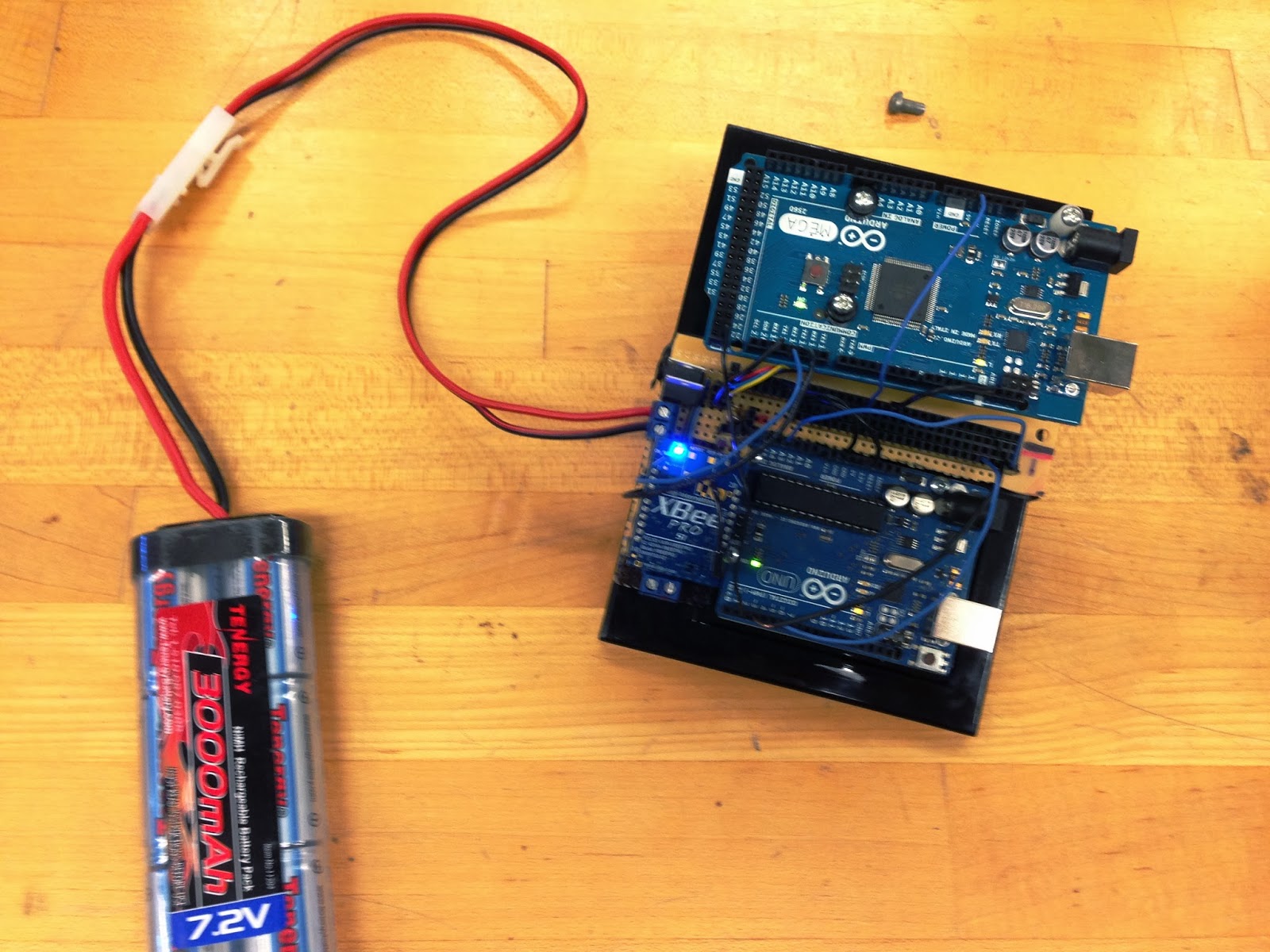Matt volunteered at the First Robotics competition so he was not in class.
Mike and I, Patrick, came up with even more ideas to securely mount the motors since everything we have tried has failed for one reason or another. I came up with the idea of using the longer angle pieces. They would be mounted to the side rails leaving enough space for the motors to be mounted to the bottom of the angled pieces. This didn't work because the cogs couldn't fit between the two angled pieces. Our current idea is to cut the sides of the shelf off, mount it to the side rails using brackets, and then mount the motors to brackets on the underside of the shelf. We waited to cut the sides off just because we wanted feedback from Dr. B and Matt.
Mike then disassembled the nerf gun even further since it has to be as small as possible to fit on the gimbal.
I, Patrick, disassembled parts we weren't going to use like the control box roof and also returned the box of parts I had to make components.
+Part+1.JPG) |
| Control Box Roof Disassembly |
+Part+2.JPG) |
| Mike Disassembling the Nerf Gun |
+Part+1.JPG)
+Part+2.JPG)
+Part+3.JPG)
+Part+4.JPG)
+Part+1.JPG)
+Part+2.JPG)
+Part+3.JPG)
+Part+1.JPG)
+Part+2.JPG)


+Part+5.JPG)
+Part+1.JPG)



+Part+1.JPG)
+Part+1.JPG)
+Part+2.JPG)
+Part+3.JPG)
+Part+6.JPG)
+Part+7.JPG)


+Part+4.JPG)
+Part+8.jpg)
+Part+1.JPG)
+Part+1.JPG)
+Part+3.JPG)
+Part+1.JPG)
+Part+1.JPG)
+Part+2.JPG)
+Part+3.JPG)
+Part+4.JPG)
+Part+1.JPG)
+Part+2.JPG)
+Part+3.JPG)
+Part+4.JPG)